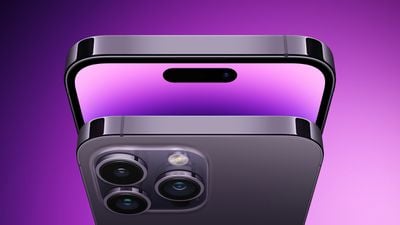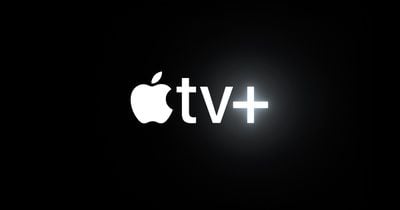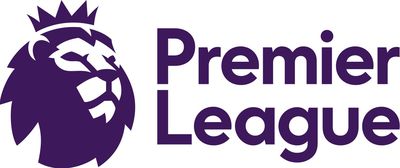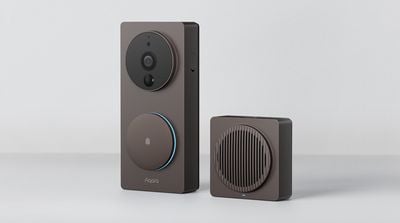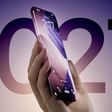We're still almost six months away from the official unveiling of the iPhone 15 lineup, but it seems like every day we're learning more about what to expect from the next-generation models. Notably, this week gave us our clearest look yet at what appear to be some changes for the volume and mute control hardware.
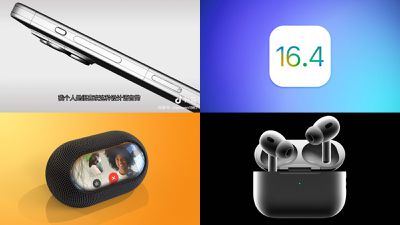
iOS 16.4 and associated releases are also right around the corner with some new features and hints of updated earphones coming from Apple and Beats. Meanwhile, we're continuing to hear about Apple's plans to expand its home audio product portfolio, so be sure to read on for all the details on these stories and more!
iPhone 15 Pro Leak Reveals Single Volume Button and Mute Button
We've been hearing for a while now that the iPhone 15 Pro and Pro Max will be equipped with solid-state buttons that do not physically move. Instead, the buttons will provide haptic feedback from Taptic Engines when pressed, similar to the Home button introduced with the iPhone 7 and the Force Touch trackpad on modern MacBooks.

Now, a leaked CAD image has revealed that iPhone 15 Pro models will apparently have a single, elongated volume button for turning the volume up or down based on where it is pressed. The image also shows that a small button will replace the mute switch that has existed on every iPhone model sine 2007 for turning the ringer on and off.
AirPods Pro With USB-C Charging Case to Launch Later This Year
In the iOS 16.4 Release Candidate made available to developers and public beta testers this week, there are hidden references to what appears to be next-generation AirPods and a new charging case.
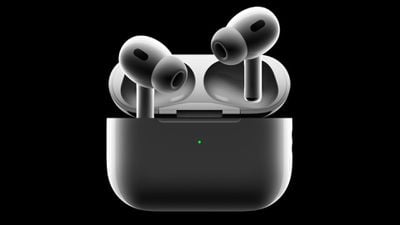
According to analyst Ming-Chi Kuo, these are likely to be AirPods Pro 2 with a USB-C charging case rather than the current Lightning port. Apple is reportedly also not planning to release USB-C versions of AirPods 2 or 3, suggesting their transition to USB-C will need to wait until a more substantial AirPods 4 upgrade is ready.
iOS 16.4 also includes references to unreleased Beats Studio Buds+ earbuds, which could be a new and improved version of the regular Studio Buds.
iOS 16.4 Adds Voice Isolation for Cellular Phone Calls
Another new feature coming with iOS 16.4 is voice isolation for cellular phone calls. Apple says this option blocks out ambient noise around you so that your voice sounds clearer on the call.
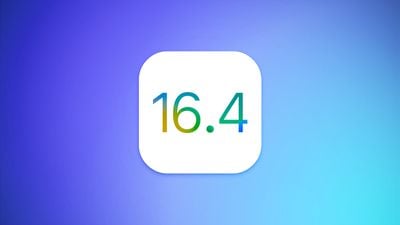
Voice isolation was already available for Wi-Fi calls in apps like FaceTime and WhatsApp on devices running iOS 15 or macOS Monterey or later, and now the feature is available for regular phone calls over a cellular network.
HomePod With a Screen Delayed Until Next Year at Earliest
Apple is rumored to be developing a new HomePod model with a built-in screen to compete with the likes of Google's Nest Hub and Amazon's Echo Show, but the company has reportedly paused the project until next year at the earliest due to cost-cutting measures.
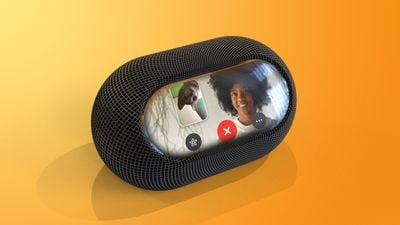 Mockup of a HomePod with display
Mockup of a HomePod with displayApple relaunched the full-sized HomePod earlier this year after discontinuing the smart speaker in 2021, and it continues to sell the HomePod mini as a smaller option.
iPhone 15 Pro Rumor Recap: 10 New Features and Changes
While the iPhone 15 series is still around six months away from launching, there have already been plenty of rumors about both the regular and model lineups.
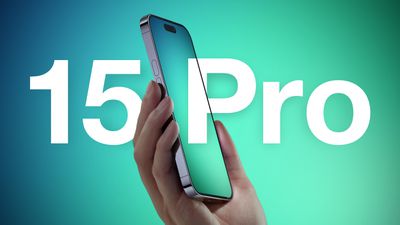
Many new features and changes have been rumored for the iPhone 15 Pro models in particular. This week, we recapped 10 new features and changes rumored for the Pro models that are not expected to be available on the standard iPhone 15 and iPhone 15 Plus models.
MacRumors Newsletter
Each week, we publish an email newsletter like this highlighting the top Apple stories, making it a great way to get a bite-sized recap of the week hitting all of the major topics we've covered and tying together related stories for a big-picture view.
So if you want to have top stories like the above recap delivered to your email inbox each week, subscribe to our newsletter!


 Note: MacRumors is an affiliate partner with some of these vendors. When you click a link and make a purchase, we may receive a small payment, which helps us keep the site running.
Note: MacRumors is an affiliate partner with some of these vendors. When you click a link and make a purchase, we may receive a small payment, which helps us keep the site running.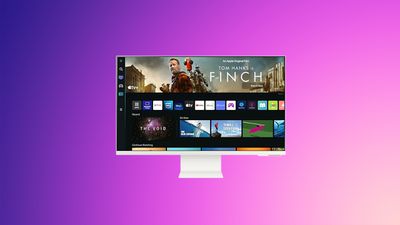
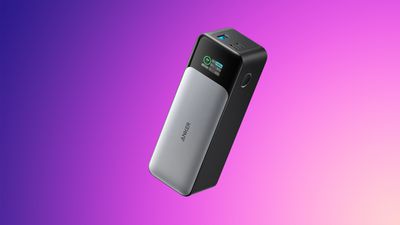
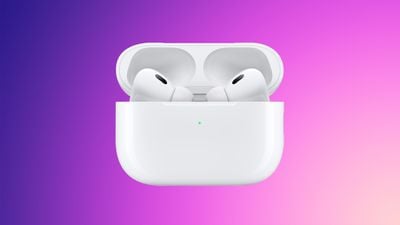
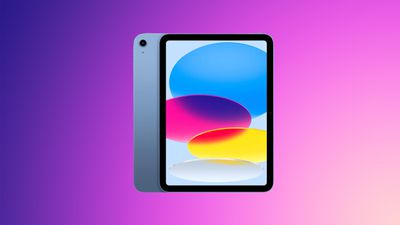
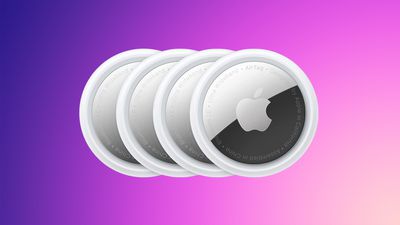
 Image via
Image via 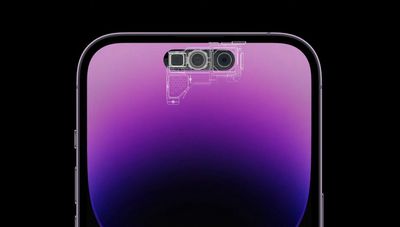

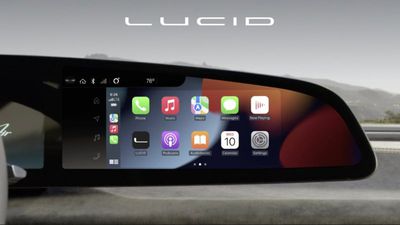
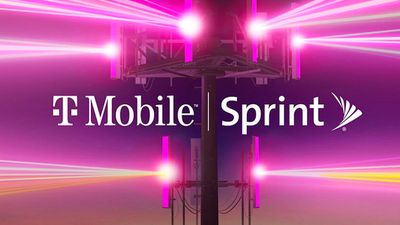
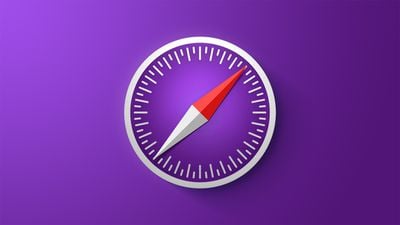
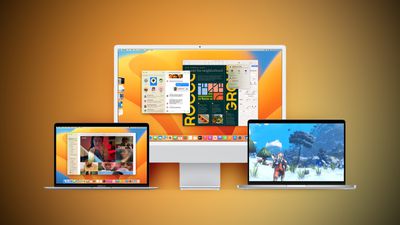
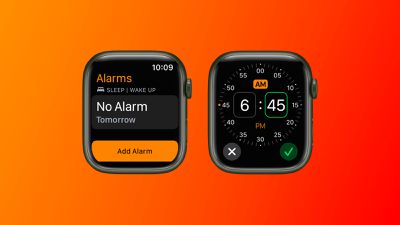
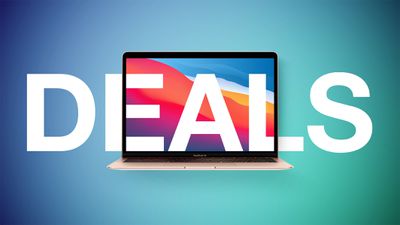 Note: MacRumors is an affiliate partner with Amazon. When you click a link and make a purchase, we may receive a small payment, which helps us keep the site running.
Note: MacRumors is an affiliate partner with Amazon. When you click a link and make a purchase, we may receive a small payment, which helps us keep the site running. Note: MacRumors is an affiliate partner with Amazon. When you click a link and make a purchase, we may receive a small payment, which helps us keep the site running.
Note: MacRumors is an affiliate partner with Amazon. When you click a link and make a purchase, we may receive a small payment, which helps us keep the site running.